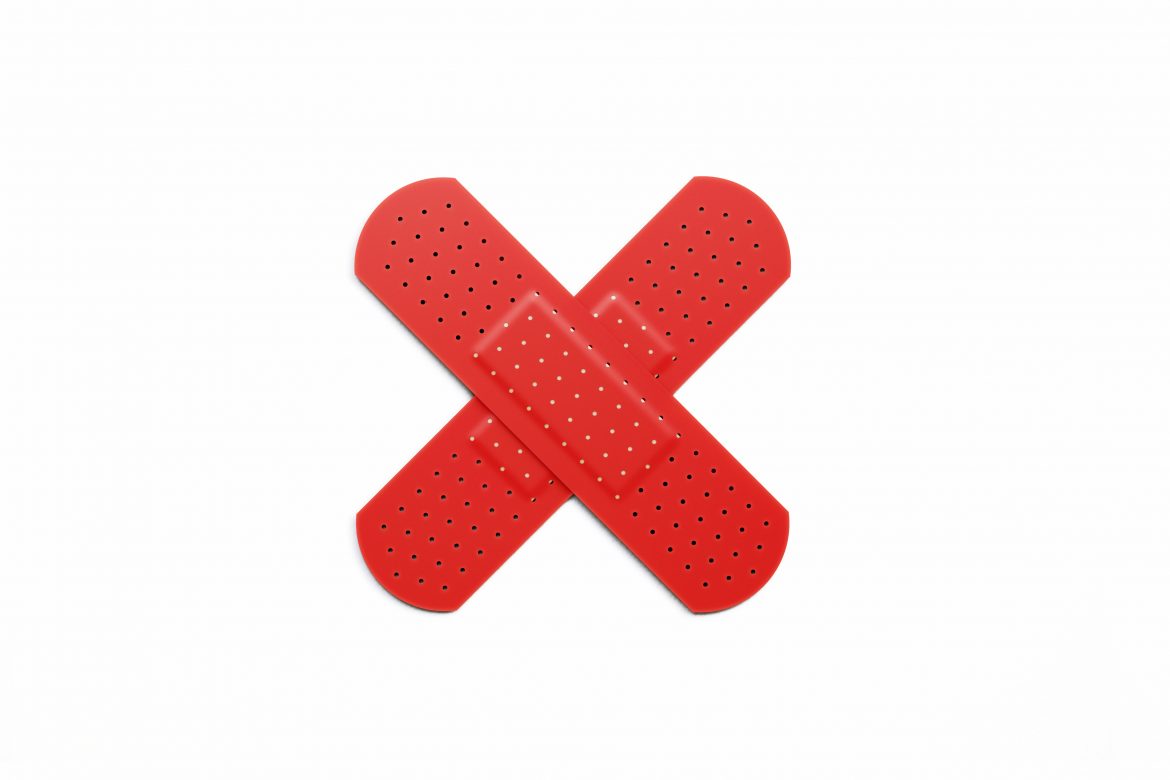Pirkanmaa Hospital District in Tampere Region has developed an operating model suitable for the treatment of all patients, called ‘Say NO to Pressure Ulcers’. In the future, the aim is to introduce the operating model also n basic health care services throughout the Pirkanmaa region. To support the operating model, a custom, evidence-based pressure ulcer risk assessment method was developed and introduced to the Medanets mobile application.
The quality of the care work is assessed with national and international indicators. One of the indicators is the frequency of pressure ulcers; high-quality care prevents pressure ulcers from developing. The prevention of pressure ulcers is a significant part of patient safety, as in a worst-case scenario, they can cause a severe infection and even lead to the death of a patient. Even in milder cases, the ulcers are painful and decrease the patient’s quality of life. [1.] In addition, pressure ulcers generate significant costs for the health care system. In Finland, the annual costs related to pressure ulcers are approximately EUR 500 million [2]. Up to 95% of pressure ulcers can be avoided through preventive measures [3].
A common, unambiguous operating model for preventing pressure ulcers
“We at Pirkanmaa Hospital District also use national indicators in the assessment and development of the quality of the care work. The development of the Say NO to Pressure Ulcers operating model began by recognising that inadequate attention had been paid to the assessment of the risk of pressure ulcers and their prevention. In addition, the existing documentation policies and operating practices were mixed”, says Project Manager Pia Seppänen from the Pirkanmaa Hospital District project on improving and developing the quality of documentation.
A group of experts began developing ideas on how the operating practices could be made more uniform. The conclusion was that there was a need for an as simple and easy-to-use indicator as possible that could be used to assess a patient’s risk of developing a pressure ulcer.
“We started developing our own evidence-based indicator. Our indicator takes into account four risk factors of pressure ulcers: mobility, skin condition, exposure of skin to moisture and malnutrition. Each factor has a statement that can be answered either “yes” or “no”. If there is at least one “yes” answer, the patient is at an increased risk of developing a pressure ulcer. If all of the answers are “no”, the patient’s risk of developing a pressure ulcer is low,” says Seppänen.
The operating model thus also includes the mobile assessment of the risk of malnutrition.
An additional important criterion for the development of the operating model was that the indicator should guide the nurse’s decisions. “When a nurse receives the results of the assessment, they must be able to determine what the results mean in terms of care work. An unambiguous operating model for both low- and high-risk patients and the related guidelines have been developed,” says Seppänen.
The assessment of the risk of pressure ulcers is performed with Medanets’ mobile solution by guiding the nurse through the four statements step-by-step. Once the nurse has answered the statements, they will receive the results and the related instructions on the display of the mobile device. The results of the assessment are stored automatically in the Electronic Health Record. This arrangement is similar to other variations of Medanets’ clinical forms feature.
Mobile solution supports knowledge-based management
The Say NO to Pressure Ulcers operating model is part of the efforts to develop knowledge-based management in the Pirkanmaa Hospital District. In order to be truly useful, the information on pressure ulcers must be documented unambiguously and the set protocols must be followed. Standardised, accurate and extensive documentation improves the reliability of information on pressure ulcers, thus providing uniform and comparable information that serves the needs of managing, assessing and developing care work. In addition, standardised documentation supports making correct decisions. It also helps all parties understand the reported figures related to pressure ulcers.
In the context of producing and utilising information, documentation must be structured. Medanets is an ideal tool for producing standardised information as it supports uniform documentation. Moreover, documentation can be performed in real time, next to the patient.
Pia Seppänen, Project Manager, project on improving and developing the quality of documentation, Pirkanmaa Hospital District
SOURCES:
[1] Finnish Wound Care Society 2017. https://shhy.fi/site/assets/files/1043/stop-painehaavoille-paivan-tiedote-2017.pdf
[2] Hospital District of Southwest Finland. 2019. https://www.vsshp.fi/fi/sairaanhoitopiiri/media-tiedotteet-viestinta/tiedotteet/Sivut/Painehaava-voi-kehittya-nopeasti.aspx
[3] Harjumaa, M. 2013. Painehaavat käyvät kalliiksi. Sairaanhoitaja 13, 10
